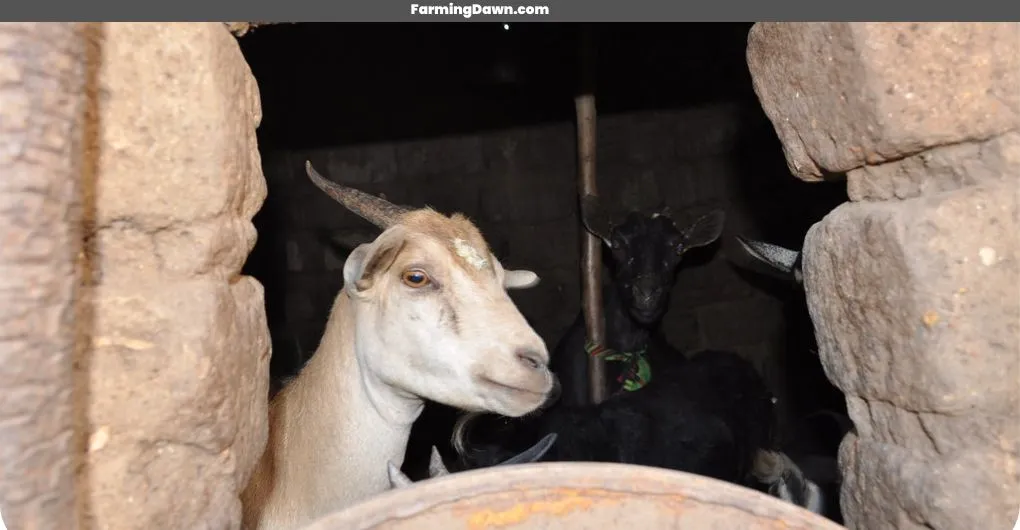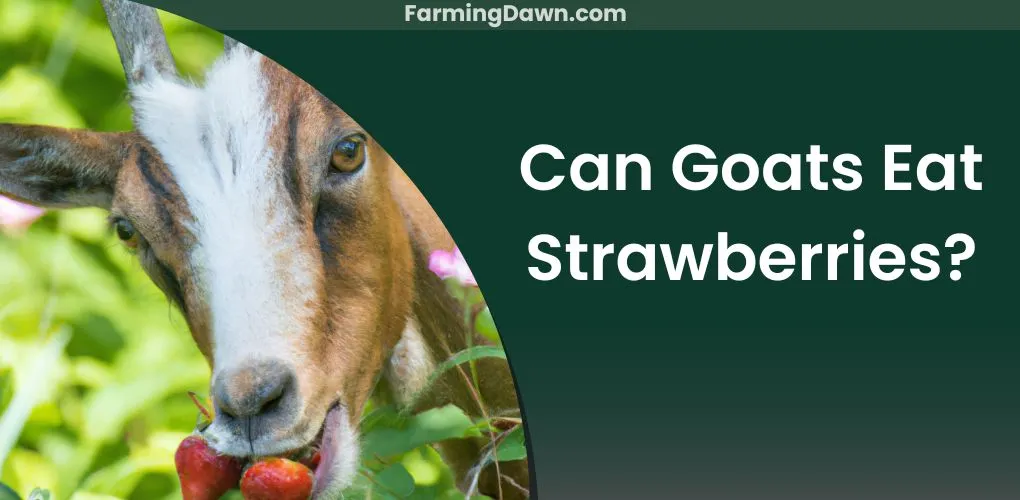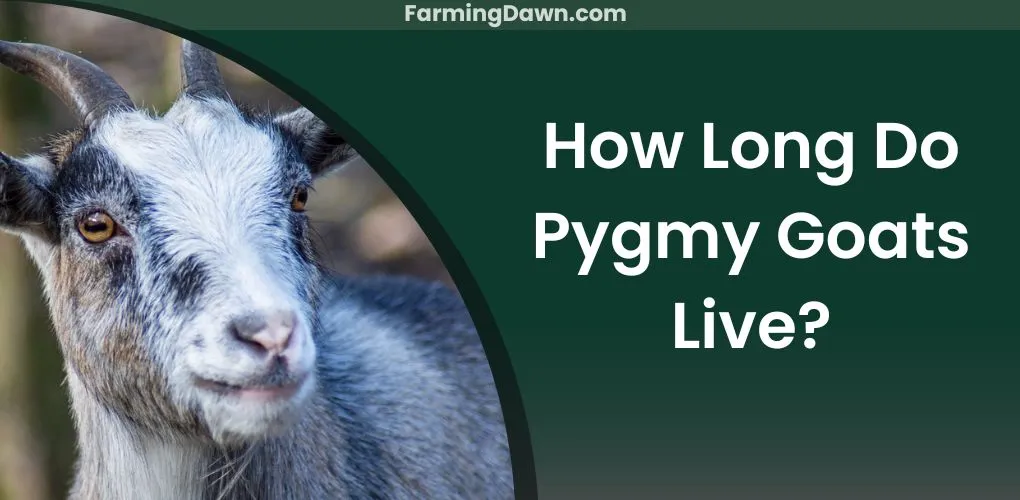If you’ve decided to raise goats then, congratulations—you’ve chosen a wonderful animal to work with! Goats are incredibly smart, social creatures that make for great companions. But how to raise goats for farms or as a pet? Or how to raise goats for profit?
If all of these questions are revolving around your head, then you’re probably interested in raising goats. But before jumping into goat parenthood, there are some things you need to know about how to raise these animals right.
In the following paragraphs, I’ll share my tips on how to give your new goat friends the best care they deserve. So grab yourself a cup of coffee and let’s get started!
How To Raise Goats?
Choosing The Right Breed
Raising goats can be a rewarding experience if you’re prepared to put some effort into finding the right breed for your farm. Whether you’ve got acres of space or just a backyard, there’s a perfect goat out there for you – it’s just like striking gold!
When selecting your breed, keep in mind that housing and health care are essential factors to consider when breeding selection is underway.
Doing your research before committing will make all the difference; this way, you’ll know what kind of conditions they need to thrive as well as how much time and money their upkeep requires.
With so many breeds available, don’t let yourself get overwhelmed by choice – choose wisely and enjoy having furry friends on your property!
Setting Up A Home For Your Goats
One of the first steps in raising goats is to create a safe and comfortable home for them.
When thinking about your shelter design, consider what type of goat breeds you’re raising – whether they’ll need more room or less space; if they prefer shade or sun; and how much protection from weather elements they may require.
To ensure that your animals stay secure, make sure you “goat-proof” their housing area by keeping fences sturdy, gates locked tight, and enclosures free from any sharp edges or protruding objects.
Don’t forget to add some cozy bedding such as straw or hay to keep the goats warm during cold climates.
Feeding And Caring For Your Goats
Goats are social animals and need companionship from either other goats or people. It’s important to understand their behavior in order to provide an environment where they can thrive.
Provide an ample supply of fresh clean water daily so your herd can always stay hydrated. Also consider adding treats such as cherries, oranges, or popcorn to goats’ diet to keep them content and happy.
Additionally, you’ll want to stay on top of parasite control through regular deworming for optimal health.
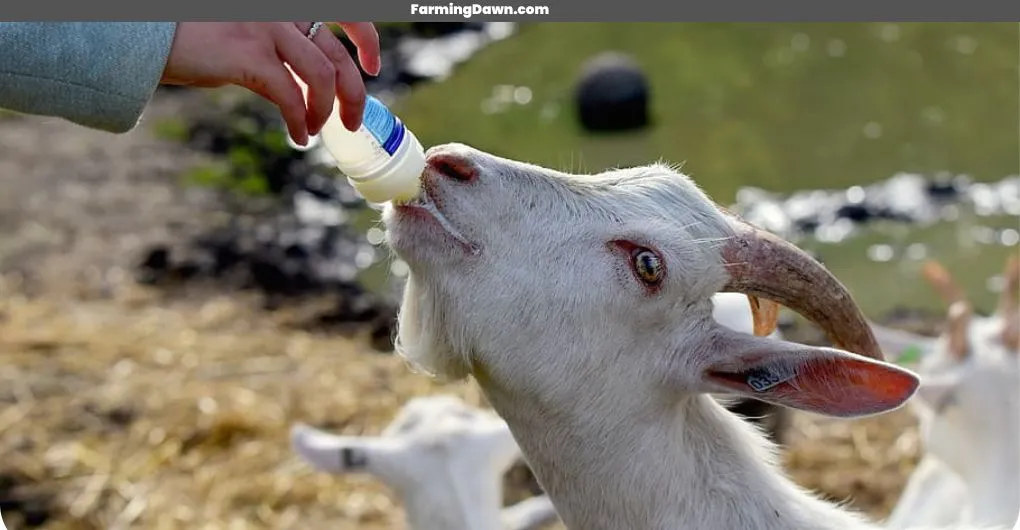
Meeting Your Goats’ Health Needs
You might be wondering how to keep your goats healthy – do you need to get them vaccinated? How can you control parasites?
Don’t worry; with good husbandry and proper care, it’s easy to ensure that your goats stay in tip-top shape! Vaccination schedules vary depending on age, location, and type of goat, so make sure to research what immunizations are recommended for your animals.
Different breeds may have different parasite susceptibilities as well. That’s why I advised you to choose a breed that fits your needs and climate
An integrated pest management system involving both chemical and nonchemical methods helps keep parasites under control without overusing chemicals or exposing livestock unnecessarily to potential toxins.
With these steps in place, raising goats will become easier than ever before!
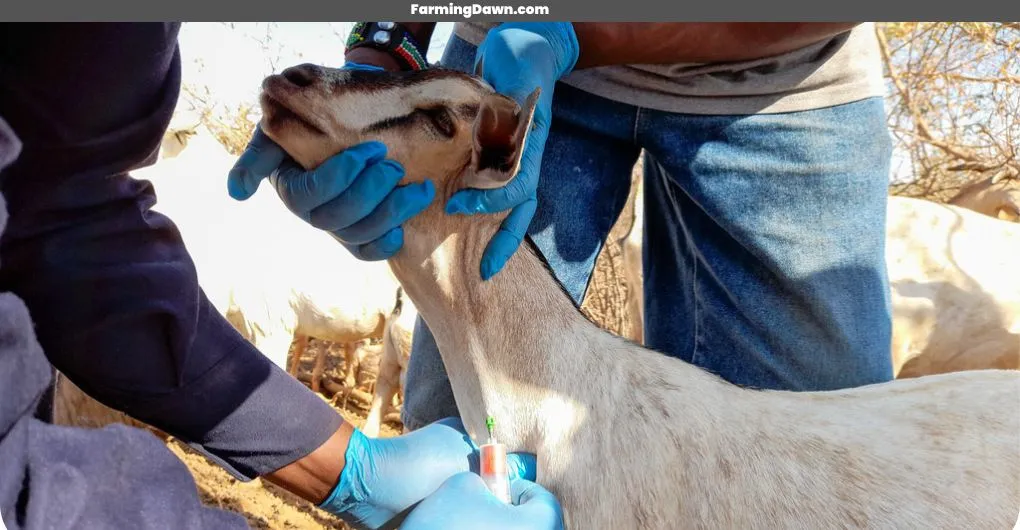
Fencing For Your Goats
Fencing is key to keeping your goats safe, as well as protecting them from predators. Here are some tips for installing fencing:
- Select the right type of fence for your goat breed – strong enough to keep out predators and escape artists.
- Choose electric fencing if you want additional protection against intruders; electric fences offer maximum security at a minimal cost.
- Consider using combination fences that include barbed wire or woven wire mesh in addition to electric fencing for extra strength and durability.
- Make sure that all posts, gates, and other components are firmly secured so they don’t move around when the wind blows or animals brush up against them. Keep vegetation trimmed away from the fence line so animals can’t hide behind it, and check regularly for signs of damage or wear and tear throughout the year.
Fences help maintain order on your farm while ensuring the safety of your goats—so take care to make sure yours is up to snuff! With proper planning, installation, and maintenance, you’ll not be worrying about their safety or containment needs.
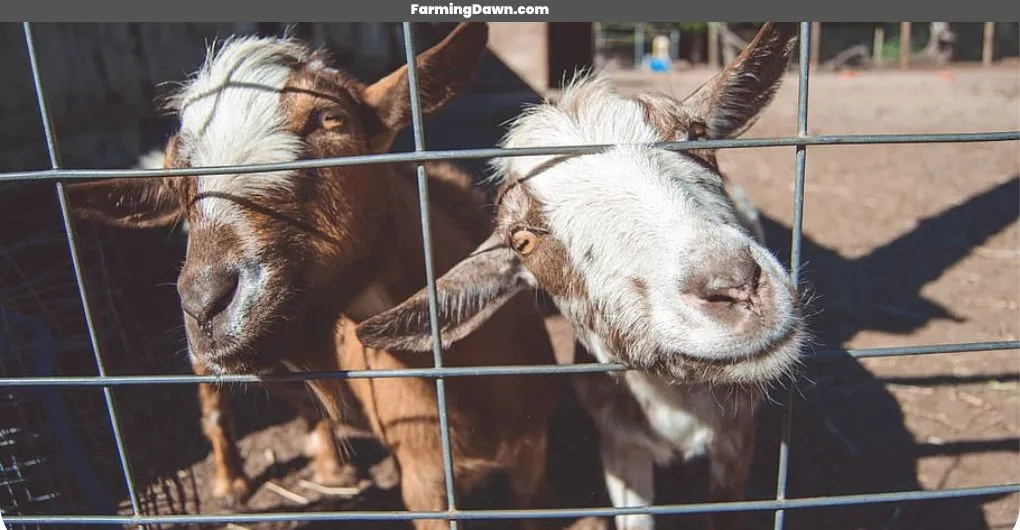
Providing A Safe Environment For Your Goats
Housing requirements for goats can be quite minimal, and in fact, many people find that their goats are happiest living outdoors year-round.
However, it’s important to keep in mind the nature of goat behavior when planning your shelter–goats are social animals who need companionship and protection from the elements.
A sturdy three-sided shed is a great starting point for housing your goats, and adding things like bedding materials or feeders can create an inviting space where they’ll feel more at home.
Shelter maintenance is also key; regular cleaning will help protect your goats from disease and pests while ensuring they have comfortable spaces to eat and rest.
So whether you’re keeping one or two pet goats or running a full herd, investing some time into providing them with safe accommodations is essential!
How Hard Is It To Raise Goats?
Raising goats isn’t as hard as it may seem at first glance. Sure, there’s vet care and housing design to consider, but the real key is understanding goat psychology.
Goats are social animals and need companionship in order to thrive – so if you want a healthy herd of happy goats, make sure they have plenty of company! With that taken care of, you’re well on your way to successful goat-rearing.
The rest just requires regular maintenance and attention – which can be surprisingly rewarding when done right.
So don’t let fear stop you from taking the plunge into goat ownership – with enough time and effort, you’ll soon find out why these cuddly critters are becoming increasingly popular among many farmers!
How Much Does It Cost To Raise A Goat?
Raising goats is an incredibly rewarding experience, but it can be expensive! Housing costs alone can be astronomical, think to pay $200-$500 to cover the proper housing requirements for your goat.
Veterinary bills can add up too; even if you don’t have any major issues with your herd, there are vaccinations to consider, parasite prevention measures that need to be taken, and periodic hoof trimming. Expect to pay a minimum of $10-15$ monthly for vet care.
Don’t forget about regular hay costs too – goats love their greens! Their feeding cost can range from $10-$30 per month.
Overall, the cost of raising a goat can range from $300 to $3,000 per year per animal, depending on the factors mentioned above. But if you take care of the housing and purchase cost, you can expect to spend $30-$40 per month on your pet goat.
All in all, raising a goat isn’t something to take lightly; this four-legged friend will quickly become part of the family and require lots of time and financial attention.
So while it’s super exciting to have a pet goat (or two or three!), make sure you’re ready to commit both emotionally and financially before taking the plunge!
How Much Does It Cost To Raise A Meat Goat?
Now that we’ve discussed the cost of raising a goat, let’s take a closer look at raising meat goats and what it costs.
The estimated monthly cost of raising a meat goat runs from $50 to $150 per goat. This covers feed, supplements, veterinary care, housing, fencing, and any other necessary equipment.
No two farms are the same, and thus, neither is the cost of raising a meat goat. The size of your herd, the quality of your pasture, and market prices for goats all influence how much it will cost you to raise these animals.
Depending on the breed and market conditions, you could be selling them as pets or for their milk, fiber, or even meat. Knowing these factors will help you understand the financial landscape of keeping this animal around.
Ultimately, if done right, owning a goat can be an immensely rewarding experience – so don’t forget to factor in that intangible reward when considering the overall cost!
How Much Does It Cost To Raise A Pygmy Goat?
Raising a pygmy goat doesn’t have to be an expensive endeavor. You can buy multiple goats for the cost of one larger breed, so if you plan on having more than one pet goat, pygmies are definitely worth considering!
The initial purchase of a Pygmy goat can range from $50 to $350 or more depending on the age, sex, and breeding status of the goat. A bale of hay can cost between $5 to $20, and a bag of goat feed can cost around $15 to $30.
The cost of a pre-built shelter can range from $200 to $1,000 or more depending on the size and materials used. Then comes the vet care, you can expect to pay a minimum of $10 monthly for your pygmy goats.
As far as food goes, it’s important to monitor how much hay and grain they consume – overfeeding can lead to health problems down the line.
In general though, with some basic knowledge about caring for them, raising pygmy goats will provide hours of entertainment and joy without breaking the bank!

How Much Land Do You Need To Raise Goats?
From understanding their dietary needs to learning how to breed them, there are many things to consider! Knowing how much land your goats will take is crucial if you’re planning to raise goats.
You will need at least 250 square feet of grazing land per goat, but this is only a minimum requirement. Ideally, you should aim for one acre of land per 10 to 12 goats, which will provide them with enough space to graze, browse, and exercise.
The quality of the land is also an important consideration. Goats prefer to browse shrubs, trees, and other vegetation rather than just grass, so a diverse range of plants and vegetation is ideal. If you have poor-quality land, you may need more acreage per goat to ensure they have enough to eat.
As long as you remember the basic principles of goat nutrition, breeding tips, and potential challenges when raising them, you’ll have everything you need to get started on this amazing journey!
How To Raise Goats For Profit In The Philippines?
When it comes to feeding your goats in the Philippines, you want to make sure they’re getting the right nutrition. I’d suggest using a combination of hay and fresh grass, with a supplement of minerals and vitamins.
Breeding goats can be a great way to make a profit, but it’s important to have a plan and stick to it. Be sure to select healthy, robust animals for breeding and pay attention to the details. Lastly, having a good shelter for your goats is essential.
Make sure to provide enough space for them to get comfortable and stay dry, and keep the shelter clean.
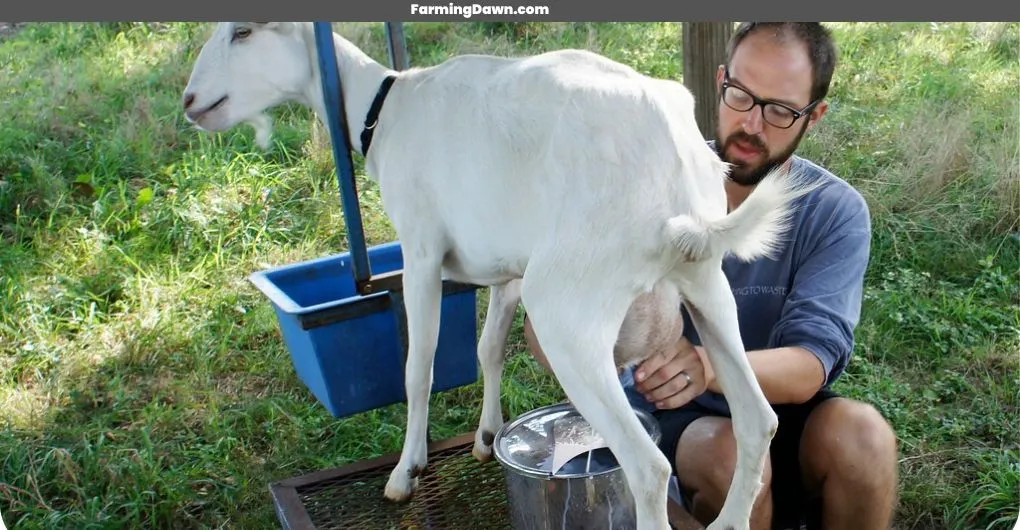
Feeding
Feeding your goats is one of the most important aspects of raising them for profit in the Philippines. You want to make sure they get enough nutrition and stay healthy, so it’s essential that you provide a balanced diet with plenty of goat-friendly proteins and minerals.
I suggest using high-quality hay or grasses as well as supplementing their feed with vitamins and minerals like selenium, copper, zinc, cobalt, manganese, and iron. Vegetables like lettuce are full of potassium and calcium which can benefit the digestive system.
But can goats eat lettuce? Learn to get a better insight into goat-eating habits for successful growth. Make sure you also keep up on worm control since parasites can be very damaging to a herd’s health!
All this taken together will help ensure that your goats are happy and healthy – key components of successful goat farming in the Philippines.
Breeding
The next step in successful goat farming in the Philippines is to choose your herd for breeding. It’s important to select goats with desirable traits so you can make sure that the offspring have good health and productivity.
You’ll want to look for qualities like fertility, meat production, milk yield, parasite resistance, coat color, and size. To ensure this high-quality selection process, use reliable methods such as pedigree records or artificial selection techniques like progeny testing.
With careful consideration of all these elements and some patience, finding the right mix of goats will help you maximize your profits over time. And remember – it’s all about producing quality stock!
Shelter
Now that you have the right herd, it’s time to think about their shelter needs. Goats need a secure and comfortable enclosure with plenty of room to move around in – so make sure your space is well-ventilated and big enough for all your goat breeds.
You should also provide them with fresh hay or straw as bedding material and access to clean water at all times. Also, providing goats with shady areas during hot days will help keep them cool while protecting their coats from sunburn.
Taking these measures into consideration when constructing your pen or barn can go a long way in helping your goats feel safe and happy – which ultimately leads to better productivity!
How To Raise A Blind Goat?
When you’re raising a blind goat, you need to keep in mind that the blind goat’s needs are a bit different than those of a healthy-sighted animal. Feeding and caring for it will require some extra attention, but with the right knowledge, it’s totally doable.
Let’s talk about the best ways to feed and care for a blind goat.
Feeding A Blind Goat
It all starts with feeding: since blindness is one of the main challenges faced by blind goats, they will need special attention when it comes to their diet.
You’ll want to make sure that food is easily accessible so they don’t miss out on any important nutrition; this might mean setting up multiple stations around the pen or using smaller containers instead of larger ones.
Additionally, if your goat has trouble finding its food, try adding some treats in-between regular meals as positive reinforcements for exploring different areas.
Don’t forget about water either – ensure that there are plenty of shallow drinking pools throughout the enclosure and keep an eye out for signs of dehydration like dry noses and sunken eyes.
By taking these steps into consideration, you’re helping create a safe and secure environment for your beloved pet – one where it can thrive despite its blindness challenges!
Caring For A Blind Goat
Now that you know about feeding and water for your blind goat, it’s important to think about behavior and socializing too!
Blind goats can be just as curious and active as their sighted counterparts – they may even become more so. Paying close attention to the sounds blind goats make can give you clues about their levels of comfort or distress.
Additionally, try introducing them slowly to other animals in the vicinity; some gentle interaction will help build confidence while giving them a sense of belonging.
How To Make Money Raising Goats?
If you’re looking to make real money-raising goats, the key is finding creative marketing strategies and mastering goat husbandry.
Sustainable farming principles will ensure your herd remains healthy and productive.
Being able to effectively market your product on a local level is essential for success in this industry; it requires an understanding of how people want their food produced as well as insight into consumer demand.
With top-notch animal care practices, dedication to sustainable production standards, and innovative marketing ideas, you can turn your passion for goats into a thriving enterprise!
Frequently Asked Questions Related To Raising Goats
What goat breed do I want?
When choosing which breed of goat is right for you, consider both their temperament as well as what purpose they will serve on your farm – whether it’s milk or meat production or just companionship.
What Is The Best Climate For Raising Goats?
Different goat breeds will have different needs in terms of shelter and health monitoring. If you’ve got a warm climate with plenty of sunshine, then you may not need as much extra shelter or care – but if there are cooler temperatures and wetter weather it’s important to provide good protection from the elements.
What Type Of Housing Do Goats Need?
You can select from DIY pallet shelters to pre-made goat houses, each option offers something unique that can provide protection from weather conditions while meeting the individual needs of your herd.
What Are The Nutritional Requirements For Goats?
The key to a successful feeding schedule is providing them with adequate amounts of hay or grass for roughage and supplementing with grain feed or mineral supplements as needed.
What Are Some Common Health Issues With Goats?
Some of the common health issues with raising goats include worm prevention, hoof trimming, and parasite.
How To Raise Goats? Final TakeAway
As we wrap up our discussion of how to raise goats? I can confidently say that raising goats can be a fun and rewarding experience. It takes up less space than other livestock, they’re relatively easy to care for, and you can make money from them if you choose the right breeds!
That said, there are still plenty of things to consider before bringing home your first goat—from selecting the ideal breed to understanding their health needs. But with a bit of preparation and research, anyone can become a successful goat-keeper in no time.
So don’t let all this talk about fencing or milking put you off; just take it one step at a time, keep an open mind, and enjoy being part of something special: raising goats!


